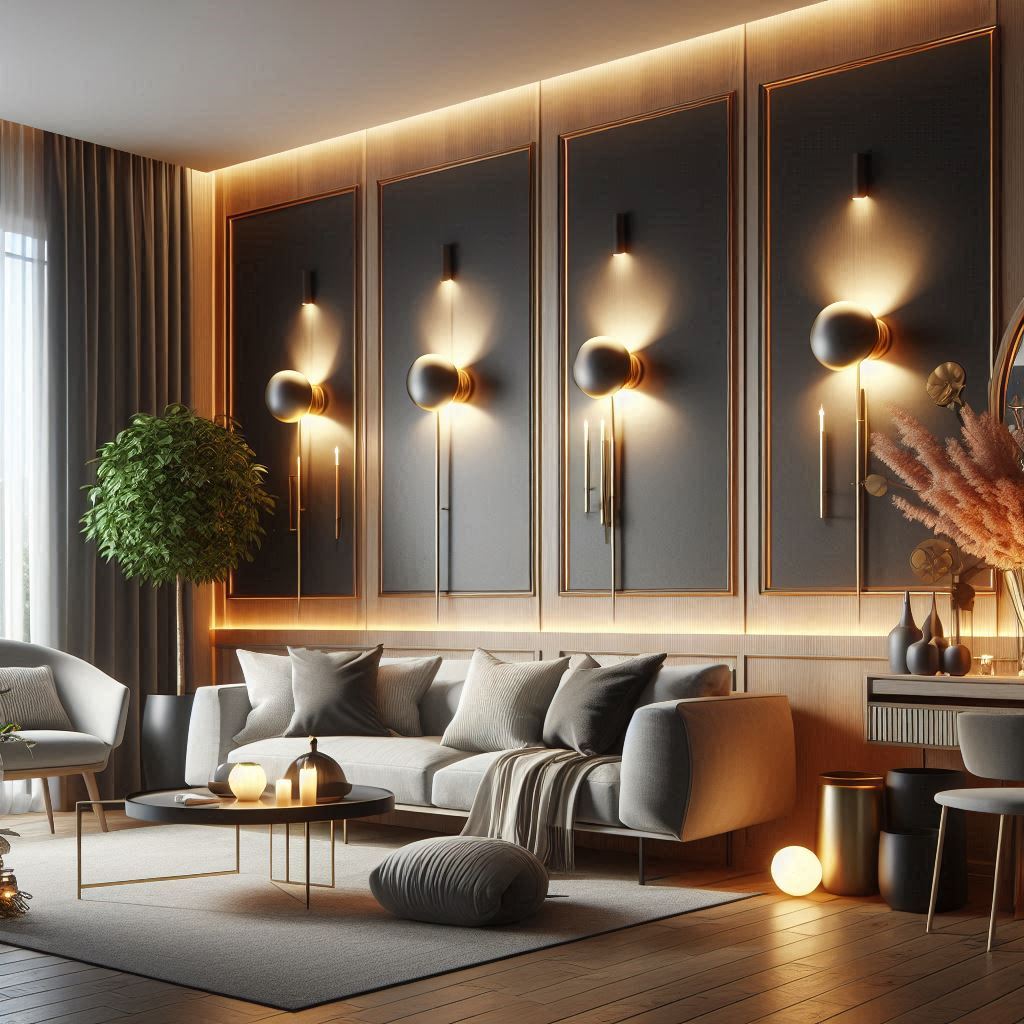Wall lights are more than functional fixtures—they are an integral design element that shapes mood, style, and spatial dynamics. Understanding the approach to wall lighting is essential for creating cohesive interiors and exteriors that feel both inviting and intentional. From concept to installation, the journey of wall light design involves strategy, balance, and purpose.
1. Purpose-Driven Planning
The first step in approaching wall lighting is identifying its purpose. Will it serve as ambient lighting, task lighting, or purely decorative? For example, sconces flanking a bathroom mirror serve a practical role, while uplighters in a hallway add atmosphere. Recognizing the function early helps guide fixture selection and placement.
2. Style and Architecture Integration
Wall lights should complement the architectural language of the space. A modern, minimalist home may benefit from sleek, linear designs, while traditional settings call for ornate or vintage fixtures. An informed approach considers both the style of the wall and the surrounding decor, ensuring that the lighting feels like a natural extension rather than an afterthought.
3. Height and Angle Matter
A well-approached wall lighting setup takes spatial proportion into account. Installing wall lights at eye level (typically 5 to 6 feet from the floor) ensures comfortable visibility without glare. Moreover, the direction in which the light is cast—upward for ambiance or downward for clarity—has a substantial impact on the mood and utility of the space.
4. Layered Lighting Strategy
Rather than relying solely on wall lights, the best approach includes layering them with ceiling fixtures, floor lamps, or recessed lighting. This creates depth and flexibility in illumination. Wall lights, in this context, act as visual anchors that add dimension and drama to an otherwise flat lighting scheme.
5. Material and Finish Coordination
Thoughtfully chosen materials—brass, glass, ceramic, or matte black metal—can elevate a wall light from merely functional to design-forward. An intelligent approach aligns these finishes with existing hardware or color themes within the room for a seamless aesthetic connection.
6. Technological Considerations
The approach to modern wall lighting often includes smart technology. Dimmable features, motion sensors, and app-based control systems enhance usability and energy efficiency. Integrating such features thoughtfully ensures that the wall lights contribute to both ambiance and convenience.
7. Spatial Awareness
Every room has unique characteristics—wall textures, furniture arrangements, window placements—that influence how light behaves. The approach to wall lighting should respond to these spatial cues, not disrupt them. For instance, in narrow hallways, slim-profile lights help preserve flow, while in larger living areas, bold designs can make a statement without overwhelming the space.
8. Outdoor Approach: Safety Meets Design
Exterior wall lights must balance functionality with durability. The approach here considers weather resistance, glare control, and coverage area. Strategically placed lights near entrances or along pathways enhance both security and curb appeal.
Conclusion: A Thoughtful Approach Leads to Lasting Impact
Wall lights, when approached with purpose and creativity, offer more than just illumination—they provide character, comfort, and coherence. Whether for aesthetic delight or functional support, a mindful wall lighting strategy can transform walls into storytellers of light.

